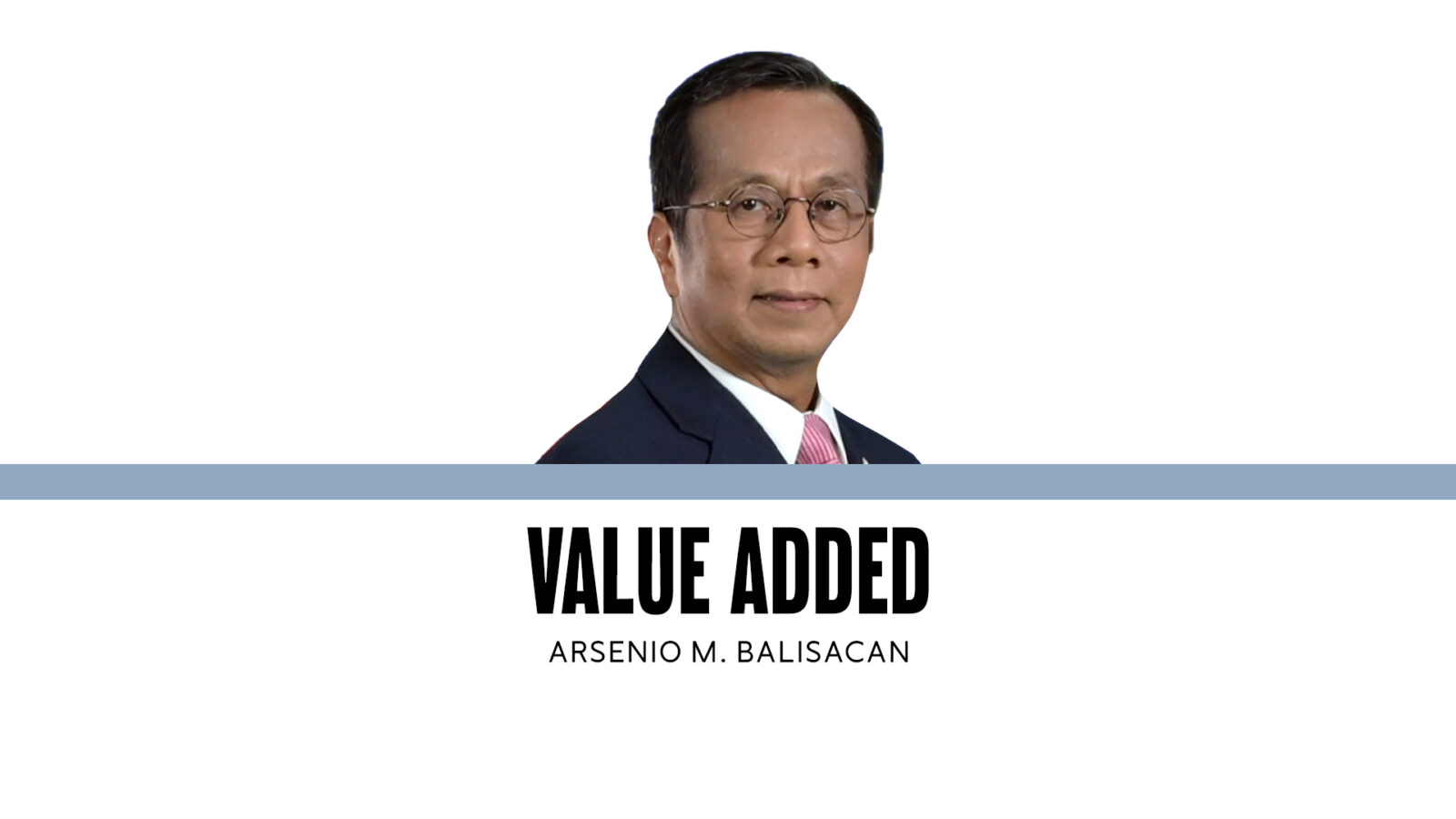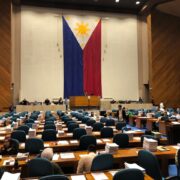Sustaining growth amid challenges

Given the Philippine economy’s slower-than-expected performance in the first quarter of 2025, many stakeholders understandably ask: Is the government’s 6 to 8 percent medium-term growth target (2025-2028) still realistic? Is it achievable and sustainable?
While the gross domestic product (GDP) growth was slightly faster than the 5.3 percent recorded in the previous quarter, it was slower than last year’s period (5.4 percent vs 5.9 percent). We had expected that declining inflation and interest rates, robust employment figures, and the midterm election spending boost would push growth toward at least the lower bound of the government’s 6 to 8 percent target range for the year.
However, the broader global context of tempered economic activity amid growing trade uncertainty—anticipated even before the US imposed reciprocal tariffs in April— has dampened external demand and domestic consumer and business sentiments. These new tariffs have raised trade tensions to levels not seen in recent decades, further clouding the global outlook.
Net exports (exports less imports), which had consistently been negative, widened significantly—the trade deficit grew by 20 percent, reducing the GDP growth rate by 2.1 points. In other words, had exports kept pace with imports, GDP growth in the first quarter would have been roughly 6.2 percent instead of the reported 5.4 percent.
Still, we find the performance encouraging and have reason to be optimistic. We ranked second among Asian peers that have released their first-quarter GDP figures, trailing only Vietnam (at 6.9 percent) and tying with China (at 5.4 percent), while outpacing Indonesia (at 4.9 percent) and Malaysia (at 4.4 percent).
As various institutional watchers of the global economy note, the Philippine economy’s deceleration mirrors the broad expectations across all major economies.
Looking ahead, the International Monetary Fund (IMF) projects growth for emerging markets and middle-income economies at 4.3 percent in 2025 and 3.7 percent in 2026. These forecasts already reflect the adverse global impacts of current US trade policies.
For the Philippines, the IMF forecasts growth of 5.5 percent this year and 5.8 percent next year—below our government’s medium-term target but still faster than most of our peers in the region, save for India (6.2 percent in 2025 and 6.3 percent in 2026) and Bangladesh (6.5 percent in 2026).
Given the domestic and global headwinds—including geopolitical tensions and trade frictions—is the medium-term growth target of 6 to 8 percent (2025–2028) still achievable?
The answer lies in our commitment to structural reforms and strategic policy directions outlined in the Philippine Development Plan (PDP) 2023–2028. Anchored on AmBisyon Natin 2040, the country’s long-term vision, the PDP maps out the policies and governance reforms needed to foster a dynamic, inclusive, and globally competitive economy.
We are conducting a comprehensive midterm review of the Plan’s implementation—evaluating accomplishments, drawing lessons from the first three years, and studying the implications of megatrends and the development experiences of other dynamic economies. This process will allow us to recalibrate strategies, policies, and programs to ensure we remain on track toward our development goals.
History shows—particularly in the experience of our Asian neighbors—that economic prosperity and social transformation require sustained, rapid growth. Many countries in the region achieved this within a generation. More recently, Vietnam aims for at least 8-percent annual growth to transition from a war-torn, low-income country into a high-income economy by the middle of this century.
However, growth alone is not enough; it must be inclusive. Economic gains should translate into better access to quality health care, education, housing, and social protection. Inclusivity also means investing in efficient infrastructure and connectivity that bridge the gaps between lagging and leading regions, enabling opportunities to flow more freely across the archipelago.
Combining sustainable growth with equitable access to economic and social opportunities is essential for accelerating poverty reduction and achieving shared prosperity. This combination makes the goal of a single-digit poverty incidence by 2028 attainable.
The challenges are significant. We must close the gap between current performance and our targets and catch up with our more prosperous East Asian neighbors.
This journey demands a whole-of-society, whole-of-government approach.
Our newly elected members of Congress and local government executives are vital partners in this effort. Given our constrained fiscal space in the post-pandemic era, we look forward to working closely with them—especially in making every peso count for the common good.
(Arsenio M. Balisacan is Secretary of the Department of Economy, Planning, and Development (DepDev), formerly National Economic and Development Authority. The views expressed here are solely the author’s and do not necessarily reflect those of the institutions with which he is affiliated.)
ambalisacan@depdev.gov.ph


















Japan-PH relations: Toward a ‘quasi-alliance’